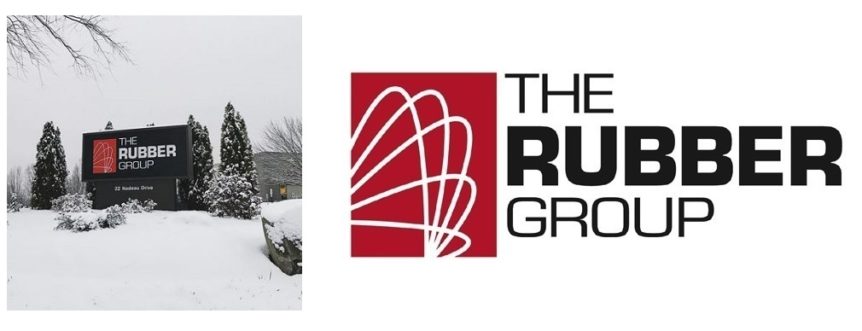Wasteless rubber molding usually isn’t waste-free. However, this type of molding can significantly reduce the amount of material that’s lost to runners and transfer pads. During injection molding, channels called runners that have been cut into the mold allow plasticized rubber to flow into the cavity. When the runners are cured, material is lost in the process. With transfer molding, a thick piece of rubber called the transfer pad needs to be removed and discarded instead.
The Rubber Group offers wasteless molding and provides injection molding and transfer molding services at our manufacturing facility in Rochester, New Hampshire (USA). Keep reading to learn about the benefits of wasteless rubber molding and why cold runners and cold pots are used. Then, when it’s time for your next project, contact us to discuss your application or request a quote.
Wasteless Molding Benefits and Runner Systems
Wasteless rubber molding reduces the costs associated with material waste. The tooling is more expensive, however, and a wasteless mold has a longer lead time and development time because of its complexity. Ultimately, the decision to invest in a wasteless mold is about return on investment (ROI). Over time, the cost savings from reduced material waste must exceed the greater up-front tooling cost and increased setup time for a wasteless mold. Consequently, wasteless molding is used for higher value materials and longer running parts.
Wasteless molding also supports better control over rubber flow so that the material fills the cavity properly. With injection molding, the runner systems are either hot or cold. Hot runner systems are typically machined into the top plate of the tool. The material is injected into the center of the plate and distributed to the cavities by runners and sprues. Cold runner systems maintain a “cooler” temperature so that the rubber won’t cure. This reduces material waste and is why cold runner systems are used in wasteless molding.
Cold Runners and Cold Pots
Cold runner systems for wasteless molding can be used with a variety of elastomers, including specialty and heat-sensitive rubber that may not be suitable for hot runner systems. The setups for cold runners usually take longer and the process may require a number of heats to become stable. Cold pots are similar to cold runners but can be used with either transfer molding or injection/transfer molding. With transfer molding, the pot is kept at a temperature below the compound’s chemical crosslinking threshold. Although this type of transfer molding is called wasteless, the sprues through which material flows are discarded. Sometimes, the cycle times are shorter than with hot pots.
Ask The Rubber Group about Wasteless Rubber Molding
Are you considering wasteless molding for standard or custom molded rubber products? Do you need help determining whether it makes sense for your application? Because wasteless molding can be used in conjunction with flashless molding, there’s plenty to consider. The Rubber Group is ready to discuss your application and can help you to reduce tooling costs with better designs for molded rubber products, including smaller rubber parts, and other value-added services.
Contact us to discuss your project or request a quote.

